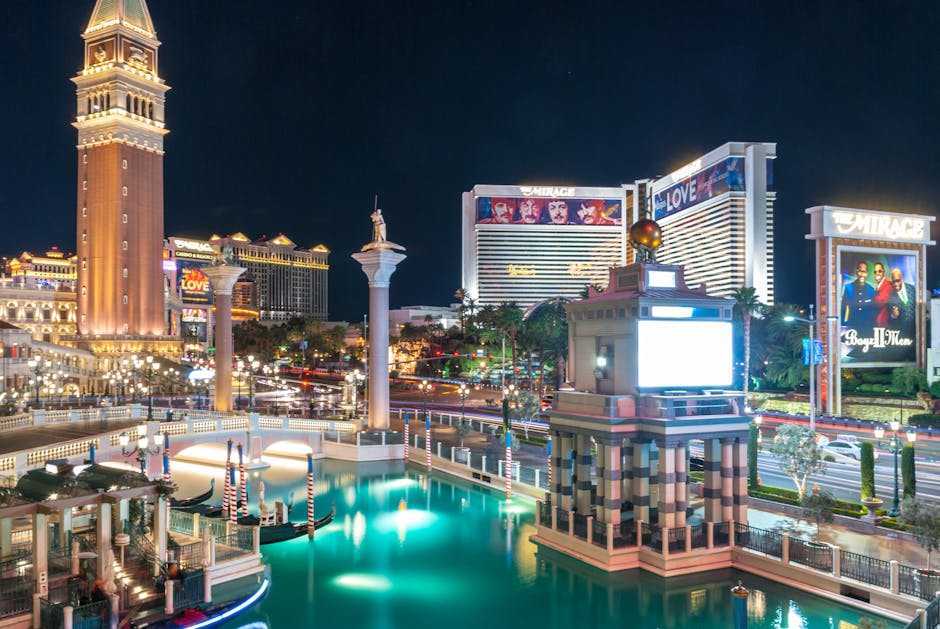Reasons for NFL teams sporting rainbow colors
why are nfl teams wearing rainbow colors exactly as written.
In recent years, NFL teams have been seen wearing rainbow colors during games to show support for the LGBTQ+ community. This display of solidarity has sparked conversations and raised awareness about important issues within professional sports. Let’s delve into the reasons behind NFL teams donning rainbow colors and the impact it has on their players, fans, and the broader community.
Representation and Inclusivity
The primary reason why NFL teams are sporting rainbow colors is to promote representation and inclusivity within the league. By incorporating the vibrant hues of the rainbow flag into their uniforms or accessories, teams send a powerful message of acceptance and support for LGBTQ+ players, coaches, and fans. This visual display helps create a more inclusive environment where everyone feels welcome and valued, regardless of their sexual orientation or gender identity.
Social Justice and Equality
Wearing rainbow colors also signifies a commitment to social justice and equality both on and off the field. NFL teams using their platform to advocate for LGBTQ+ rights and stand against discrimination is a powerful statement that resonates with fans worldwide. This public display of solidarity helps raise awareness about important issues facing the LGBTQ+ community and fosters discussions about how sports can be a catalyst for positive change.
Celebrating Diversity
The rainbow colors symbolize diversity and celebrate the unique identities of individuals within the LGBTQ+ community. By showcasing these vibrant hues during games and events, NFL teams underscore the value of diversity and promote a culture of acceptance and respect for all. This celebration of diversity helps create a more inclusive and welcoming environment for players, staff, and fans from all walks of life.
Building Community and Awareness
Another key reason for NFL teams sporting rainbow colors is to build a sense of community and raise awareness about LGBTQ+ issues. This visible display of support can spark conversations among fans, generate media coverage, and encourage people to learn more about the challenges faced by LGBTQ+ individuals in sports and society at large. By shining a spotlight on these important issues, teams can help educate their followers and drive positive change.
Honoring LGBTQ+ History and Achievements
The rainbow colors serve as a tribute to the history and achievements of the LGBTQ+ community, including notable figures, milestones, and events that have shaped the fight for equality. By incorporating these colors into their uniforms or merchandise, NFL teams pay homage to the courage and resilience of LGBTQ+ individuals who have paved the way for progress and social change. This act of remembrance helps preserve the legacy of LGBTQ+ pioneers and ensures their contributions are recognized and celebrated.
In conclusion, the decision by NFL teams to sport rainbow colors is a powerful gesture of support for the LGBTQ+ community and a statement of solidarity with individuals facing discrimination and inequality. By embracing diversity, promoting inclusivity, and advocating for social justice, these teams are not only making a symbolic statement but also driving meaningful conversations and positive change within the world of professional sports. Whether it’s through onfield displays or community outreach initiatives, the impact of this representation reverberates far beyond the game, shaping a more inclusive and equitable future for all.

 David Fields is a dedicated contributor to Jackpot Joyfully, specializing in the intricacies of sports betting and casino games. With years of experience in the gaming industry, David provides readers with expert advice, detailed strategies, and the latest insights to help them make informed decisions. His commitment to fostering a fun yet responsible gaming environment shines through in every article he writes, making him a trusted voice for both new and experienced players.
David Fields is a dedicated contributor to Jackpot Joyfully, specializing in the intricacies of sports betting and casino games. With years of experience in the gaming industry, David provides readers with expert advice, detailed strategies, and the latest insights to help them make informed decisions. His commitment to fostering a fun yet responsible gaming environment shines through in every article he writes, making him a trusted voice for both new and experienced players.

